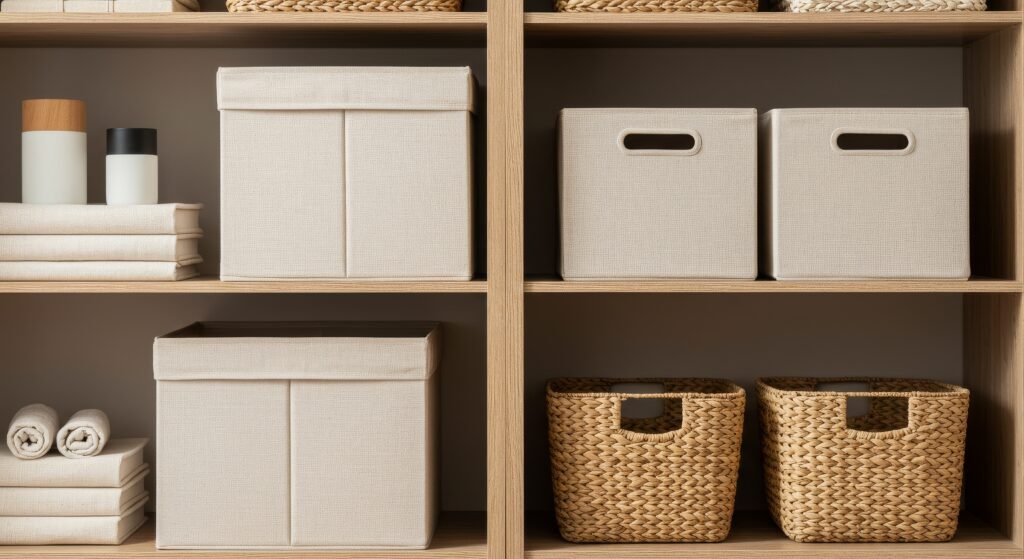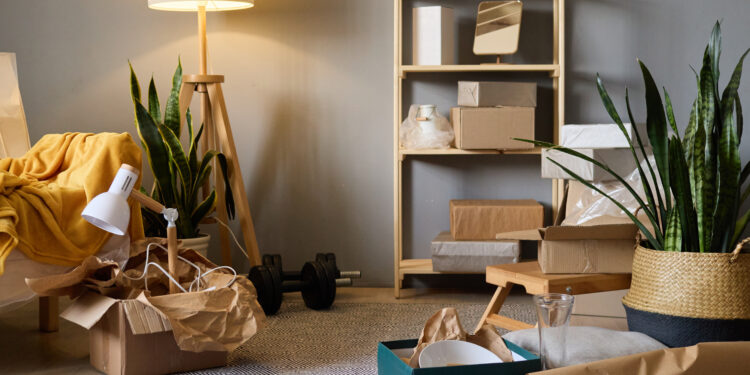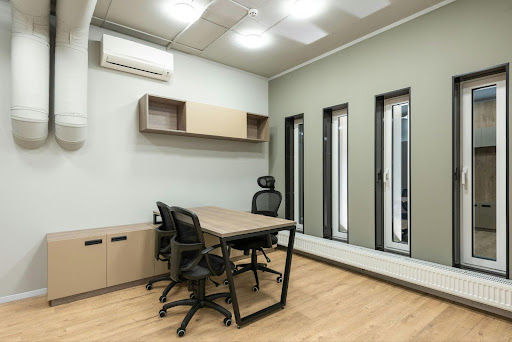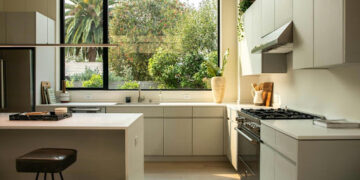Clutter doesn’t always come from chaos. More often, it’s the result of things not having a clear place. A growing pile on the counter, shoes scattered by the door, chargers stuffed into drawers. Over time, it builds up.
You don’t need to throw everything out to get your home in order. A few practical storage ideas can make your space feel calmer, cleaner, and easier to live in.
Use the Gaps That Are Easy To Miss
Most clutter builds up in the areas you use often but rarely organize. Think corners, shelves, floors, and deep drawers. These spots tend to fill up quickly, but they’re also some of the easiest to fix once you pay attention to how they’re used.
A slim shelf near the front door can hold your everyday items like keys, sunglasses, and mail. Add a row of hooks below, and you’ve got space for jackets or bags without crowding the entryway. Walls between doors, above desks, or next to the bed can hold vertical space without making the room feel smaller. These spots are usually ignored, but they work hard when used well.
For larger items or overflow you don’t use daily, a mobile storage box is a smart way to clear space without losing access. It works well when you need short-term storage right outside your home, especially for things like seasonal gear, outdoor supplies, extra furniture, or packed boxes. It’s efficient, flexible, and takes the pressure off crowded rooms.
Let Furniture Handle Some of the Load
The right furniture can solve clutter without adding bulk. You don’t need built-ins or oversized units, just well-chosen pieces that pull double duty.
A bench with a lift-up lid can store extra linens, cleaning supplies, or toys while giving you a place to sit. A side table with drawers might replace a bulky dresser in a small bedroom. Even a floating nightstand can open up the floor space while keeping essentials close.
It helps to think in layers. The top is for use, the inside is for storage containers, and the outside should blend in. This approach works whether you’re furnishing a compact space or trying to keep a larger room from feeling busy.
Create Zones That Match Your Routine
The best storage isn’t based on square footage. It’s based on habit. Look at where clutter usually shows up. That’s where you need a zone, not necessarily where the furniture or layout says it should be.
If mail always lands on the kitchen counter, place a tray or small basket nearby. If laundry piles up beside the bed, add a soft hamper to the corner. These are small adjustments that make your space work better without big changes.
In shared areas, it helps to keep zones obvious. Shoes go in one bin, tech gear in another. Storage bins can be helpful here, especially for random items that don’t belong anywhere else. And if you’ve got a junk drawer, this is the time to sort it. Group like items, clear out the extras and use drawer dividers or drawer organizers to make it stay that way.
Sort by What You Actually Use
Some storage looks tidy but isn’t practical. Matching bins or baskets may appear organized but often hide the things you use most. Storage needs to match how frequently you use something and not how pretty it looks on a shelf.
Group items by how often you reach for them. Keep daily essentials within easy reach. Move rarely used things higher, lower, or behind doors. This simple change makes it easier to stay organized without thinking about it.
Use small trays, plastic containers, or drawer organizers to keep things from sliding around. A labeled box for wires in your cable drawer can save time and avoid the tangle. It’s more important to see what you have and return it quickly. The fewer steps it takes to put something away, the more likely it is to stay there.
When you’re decluttering and organizing your home, especially during or after renovations, think beyond standard closet or garage shelving solutions. Self storage units like the storage units Calgary can function as an extension of your home—ideal for protecting seasonal items, sentimental belongings, or extra furniture that’s in transition. Whether you’re clearing rooms for staging or need a secure space while remodeling, renting storage units Calgary lets you temporarily free up living areas without discarding items. It’s a smart way to reduce clutter, streamline your space, and safeguard possessions until you’re ready to bring them back in.
Make Storage Look Like Part of the Room

Storage doesn’t need to be hidden. Done well, it becomes part of the design. A row of open shelves with a few woven baskets looks warm, not busy. A stack of boxes with a tray on top becomes a side table. Even a deep windowsill can double as storage with a cushion and a few bins underneath.
Mix materials to match the rest of the room. Soft baskets feel right in the bedroom. Wire bins work well in the pantry or kitchen cabinets. Choose pieces that feel intentional, not temporary. And if a storage item doesn’t work or fit, let it go. That one item taking up extra space might be standing in the way of a simpler setup.
Don’t forget the things you’re keeping for a reason. Sentimental items deserve their own place, too. Store them somewhere safe and easy to revisit, not buried in a pile. Reducing visual clutter doesn’t mean hiding everything. It means making the space feel easier to be in.
Final Thoughts
Clutter shows up in small ways, then starts to take over more than it should. But when your storage fits your daily life, it becomes easier to keep things in place. A few well-placed shelves, furniture that does more, or a better spot for the things you use often can shift the feel of a room. There’s no one-size-fits-all fix, but for most homes, the perfect solution starts with noticing what isn’t working and making it better, one corner at a time.












